
Liz Greene: Guide to Astrology Review
 Liz Greene’s Guide to Astrology is a starry video that spans just under two hours. It begins with an insightful discussion regarding the inherent qualities of the moment we are born, illuminating the very core and purpose of our journey to Earth. Greene reads out a passage from a book concerning the mystical experience connected to astrology:
Liz Greene’s Guide to Astrology is a starry video that spans just under two hours. It begins with an insightful discussion regarding the inherent qualities of the moment we are born, illuminating the very core and purpose of our journey to Earth. Greene reads out a passage from a book concerning the mystical experience connected to astrology:
“The basic oneness of the universe is not only the central characteristic of the mystical experience but is also one of the most important revelations of modern physics. It becomes apparent at the atomic level and manifests itself more as one penetrates deeper into the matter, down into the realm of subatomic particles…As we study the various models of subatomic physics we shall see that, they express again and again, in different ways, the same insight – that the constituents of matter and the basic phenomena involving them are all interconnected, interrelated and interdependent; that they cannot be understood as isolated parts of the whole.”
Liz Greene seems to cast the horoscope not as a rigid map for destiny, but as a mirror to the psyche’s—spinning through the universe, but rooted in the soul’s intimate yearnings. By invoking Carl Jung, the explorer of archetypes and the collective unconscious, Greene brilliantly bridges two realms often held as disparate: the psychological and the astrological. Jung asserts that “whatever is born or done at a particular moment of time has the quality of that moment of time,” which fits seamlessly with astrology’s claim that the planetary movements reflect life on earth. The heavens and the self, in this view, are not divided.
The archetypes we live, the myths we enact—play out on the stage of our outer existence. The planets don’t dictate; they resonate. This interconnectivity reorients the conversation about fate and free will. If our lives are a reflection of our inner workings, then the stars do not bind us—they reveal us. Liz Greene’s approach to birth charts are like a starry puzzle where the pieces are not fixed but alive, shimmering with myth and meaning! Her method doesn’t map the cosmos; it invites the seeker to wade into the swirling universal tides and discover themselves reflected there.
Greene turns the technicalities of astrology into a kind of soulful storytelling. It’s as if she says: Here is Mars, not just a red orb in the sky, but your inner warrior. See it in Aries, fierce and direct, or in Pisces, soft and contemplative, dreaming of a fight that might never come. Her practical examples act as a bridge, drawing the reader from abstract theory into real experience. Our birth chart is more than a tool for divination; it’s a mirror for reflection and a map for self-discovery. A birth chart, in her hands, becomes a story—yours—waiting to be told.
Pisces, in her portrayal, is a tribute to those who tread the borderlands between the seen and the unseen. Greene’s vision of Pisces evokes a living archetype—one who dances with the mysteries that others might only glimpse in dreams. This is a sign that seems to wear reality lightly, like a silk scarf caught in a soft wind, ever aware of the worlds beyond the veil of the mundane. Greene’s language emphasizes that Pisces is attuned to subtleties—those glimmers of transcendent truth hiding in the cracks of everyday life. Where others seek logic, Pisces finds beauty in the blur, in the spaces where certainty dissolves into wonder.
Yet Greene doesn’t reduce Pisces to just daydreaming. No, there’s a depth to this sensitivity—a boundless compassion that emerges from understanding life’s paradoxes. The Fish doesn’t swim away from the human condition but toward it, wrapping its empathy around the jagged edges of existence. In this fluidity, Pisces becomes a healer for the soul’s bruises, offering shelter for the chaotic, the uncertain, and the misunderstood.
What stands out most in Greene’s portrayal is Pisces’ resistance to rigid absolutes. This sign doesn’t lock itself into a single ideology, preferring instead the fullness of human experience, from the divine to the despairing. In this refusal to confine itself, Pisces lives in the realm of plurality— the sign embodies the paradox of existence.
Imagine a Pisces wandering through the humdrum chaos of life, but they’re not fazed by it—not because they’re oblivious, but because they’re tuned into a frequency that exists just beneath the surface. Greene sees them as seers—souls who peer beyond the veil, sensing the numinous ties that bind us all together. They don’t just float; they dive deep, pulling out pearls of wisdom from the depths of existence. And Liz—wise, wonderful Liz—doesn’t leave it at “soft and squishy empathy.” No, she elevates Pisces to their rightful place as the compassionate mystics of the zodiac. Their empathy isn’t a gentle pat on the back; it’s a full-on plunge into the collective emotional ocean. Greene’s Pisces doesn’t get boxed into the stereotype of the escapist, forever adrift in their reveries. Instead, she sees them as the zodiac’s connectors—souls who understand that life’s uncertainties and contradictions aren’t something to fix or escape.
Astrology: Conscious Awareness
Liz Greene encourages us to approach astrology as an interactive dialogue with the universe, where the stars reflect but do not dictate our lives. Her Jungian lens reveals that the birth chart is not deterministic. It reflects the psyche’s potential, its struggles, and its triumphs, offering insights into how we might approach life with greater awareness. “Astrology, much like life, yields its insights in proportion to our willingness to engage deeply, to reflect, and to grow.”
When she speaks of fate, Greene challenges the notion of it as an immutable force. Instead, she reframes it as the patterns, tendencies, and potentials. Fate is the archetypal terrain we are born into, yet the way we walk that terrain, the meaning we ascribe to it, and the growth we achieve within it remain profoundly our own. Astrology, then, becomes a mirror—not a crystal ball. It shows us our inner landscape, reflecting our strengths, challenges, and latent possibilities. The real transformation lies not in knowing what will happen, but in discovering who we are as we respond to life’s events.
We are all born with individual potentials and unique ways in responding to life, particular abilities, talents and conflicts, and the chart we cannot change. However, we can choose to live them creatively or destructively with blindness or with consciousness. A horoscope does not map out our fate in terms of external events, what it describes is the human soul.
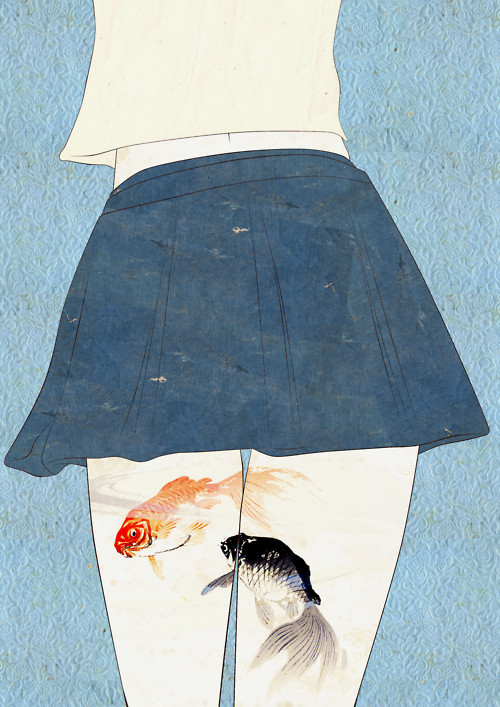
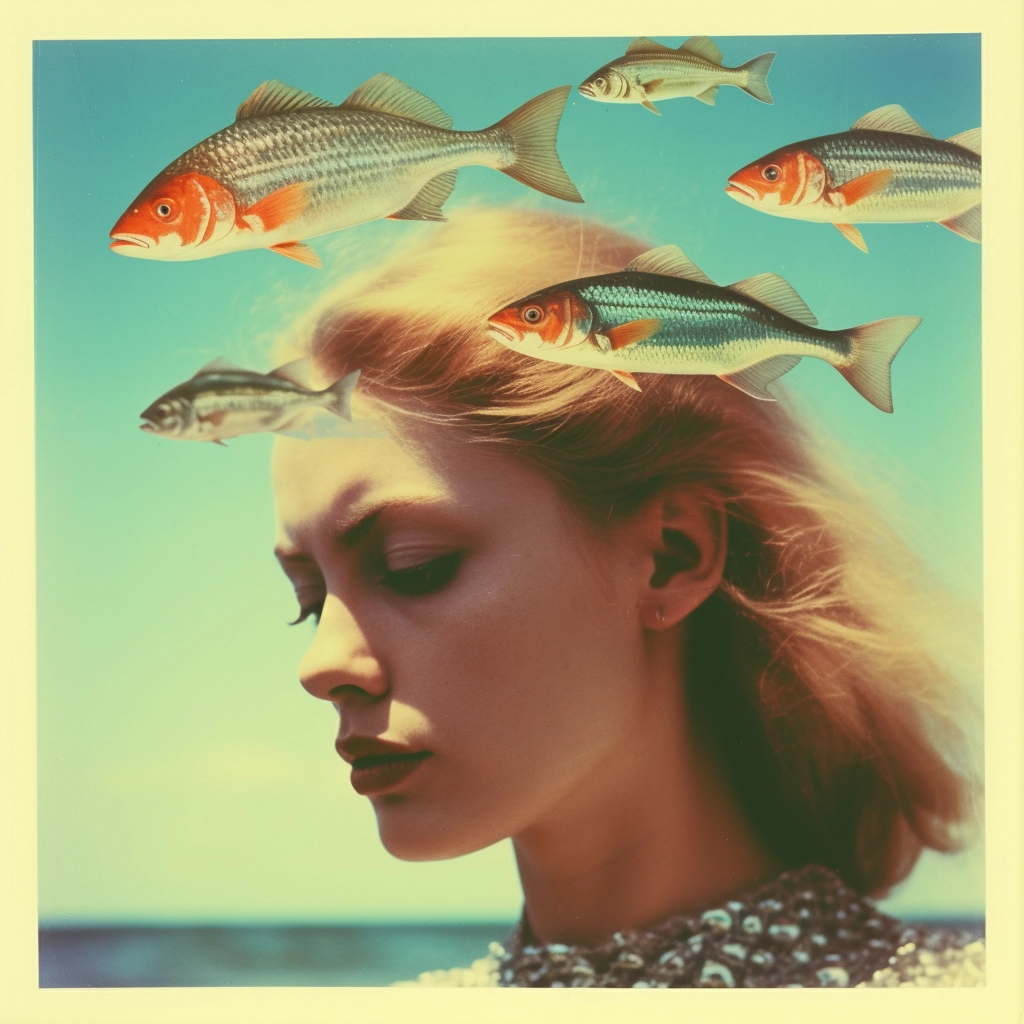

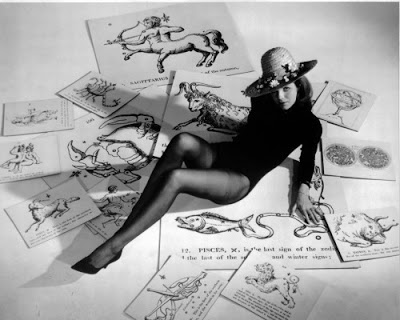

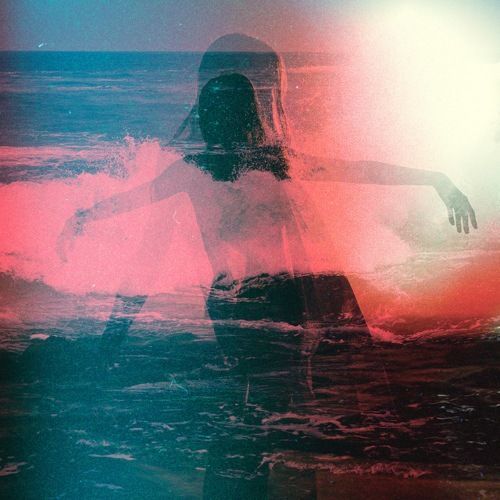


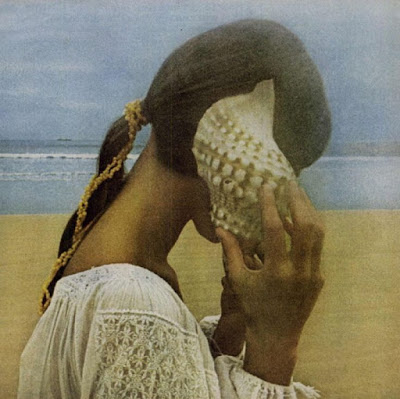


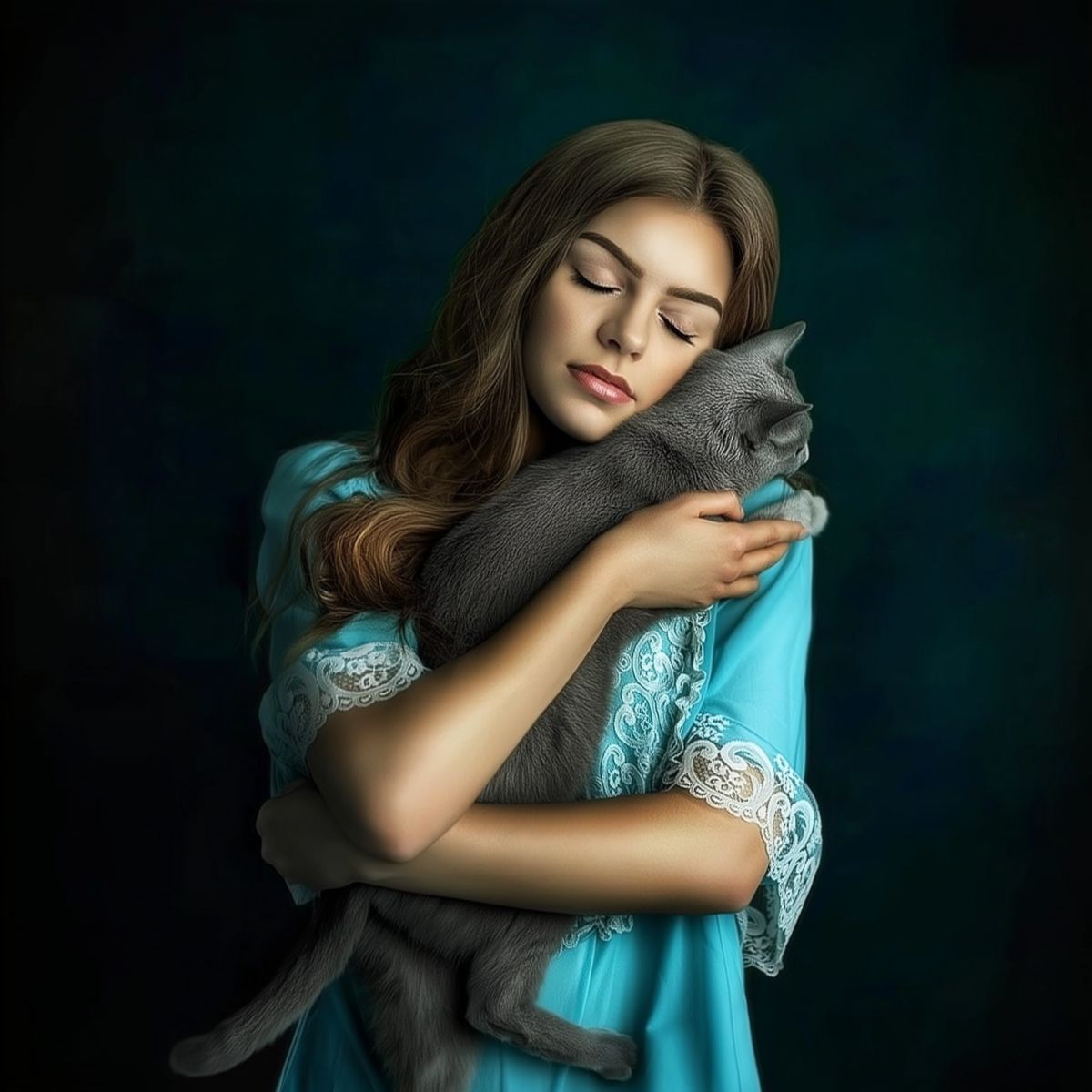




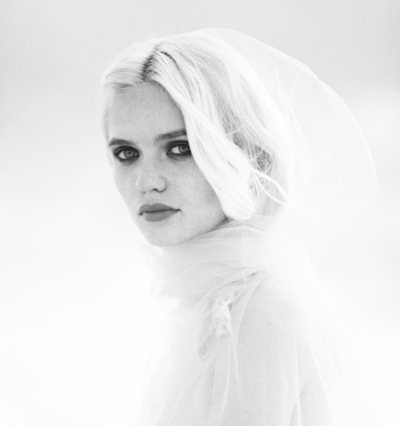


 The Twin Journeys of Saturn’s Returns
The Twin Journeys of Saturn’s Returns
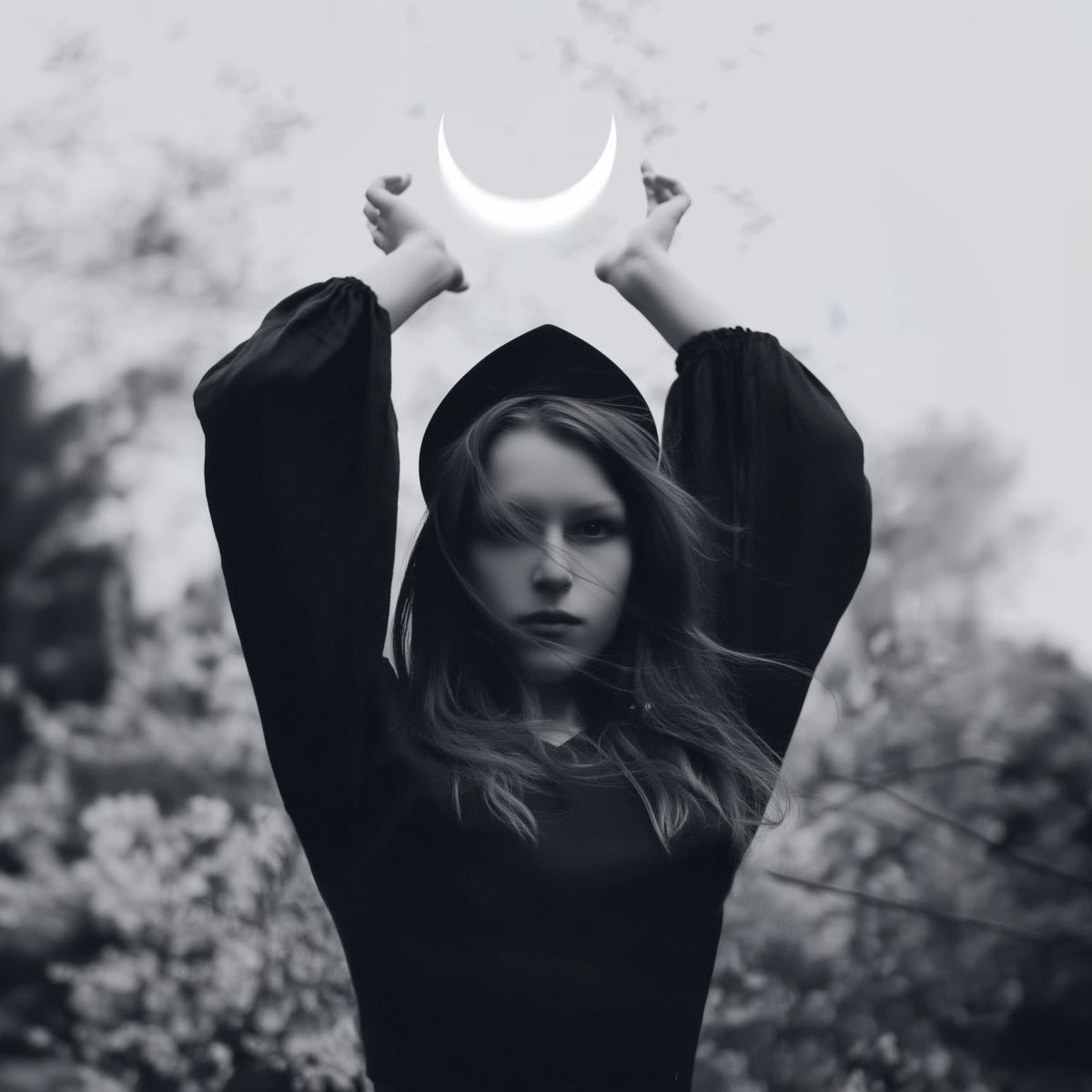 Pluto Transits Moon: A Time to Grieve
Pluto Transits Moon: A Time to Grieve
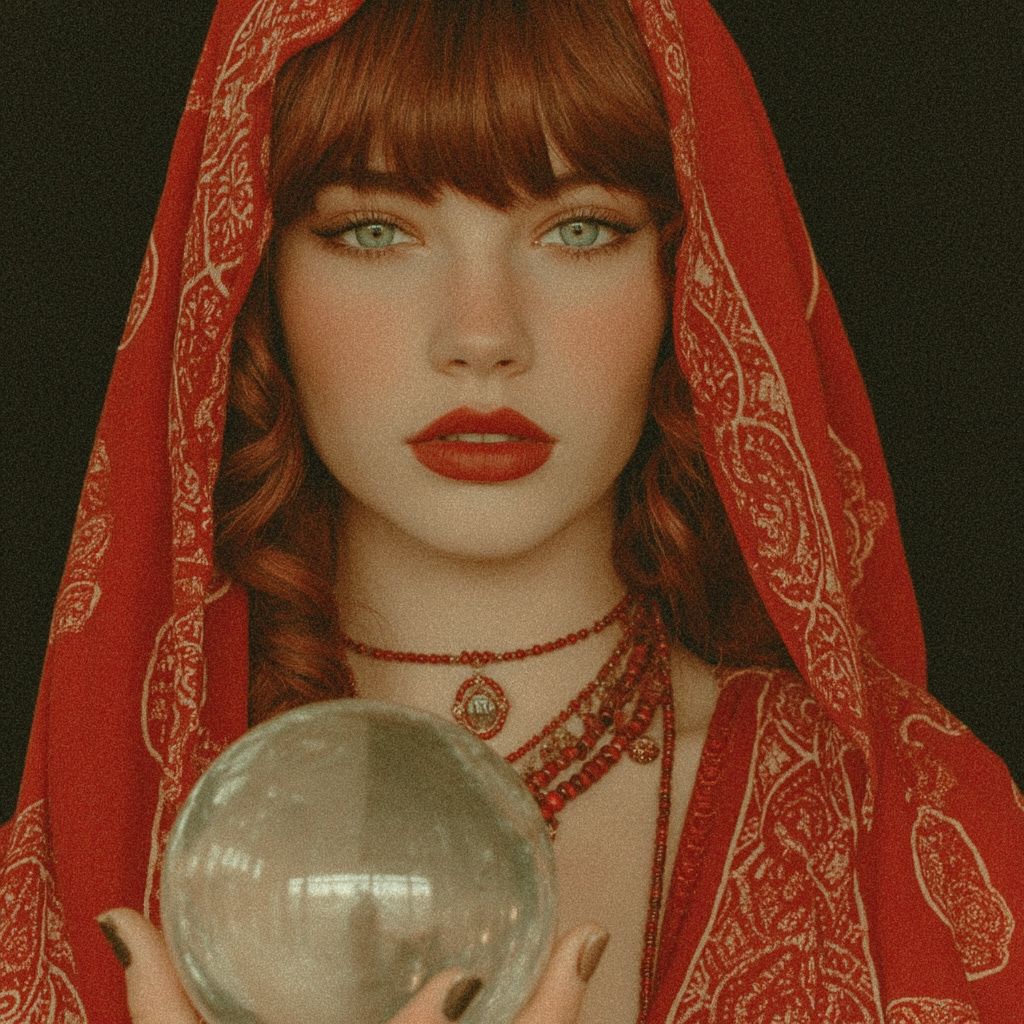 Moon Conjunct Mars Natal Aspect
Moon Conjunct Mars Natal Aspect
 Uranus Transits: 1st House: Winds of Change:
Uranus Transits: 1st House: Winds of Change:
 Neptune in the 4th House
Neptune in the 4th House
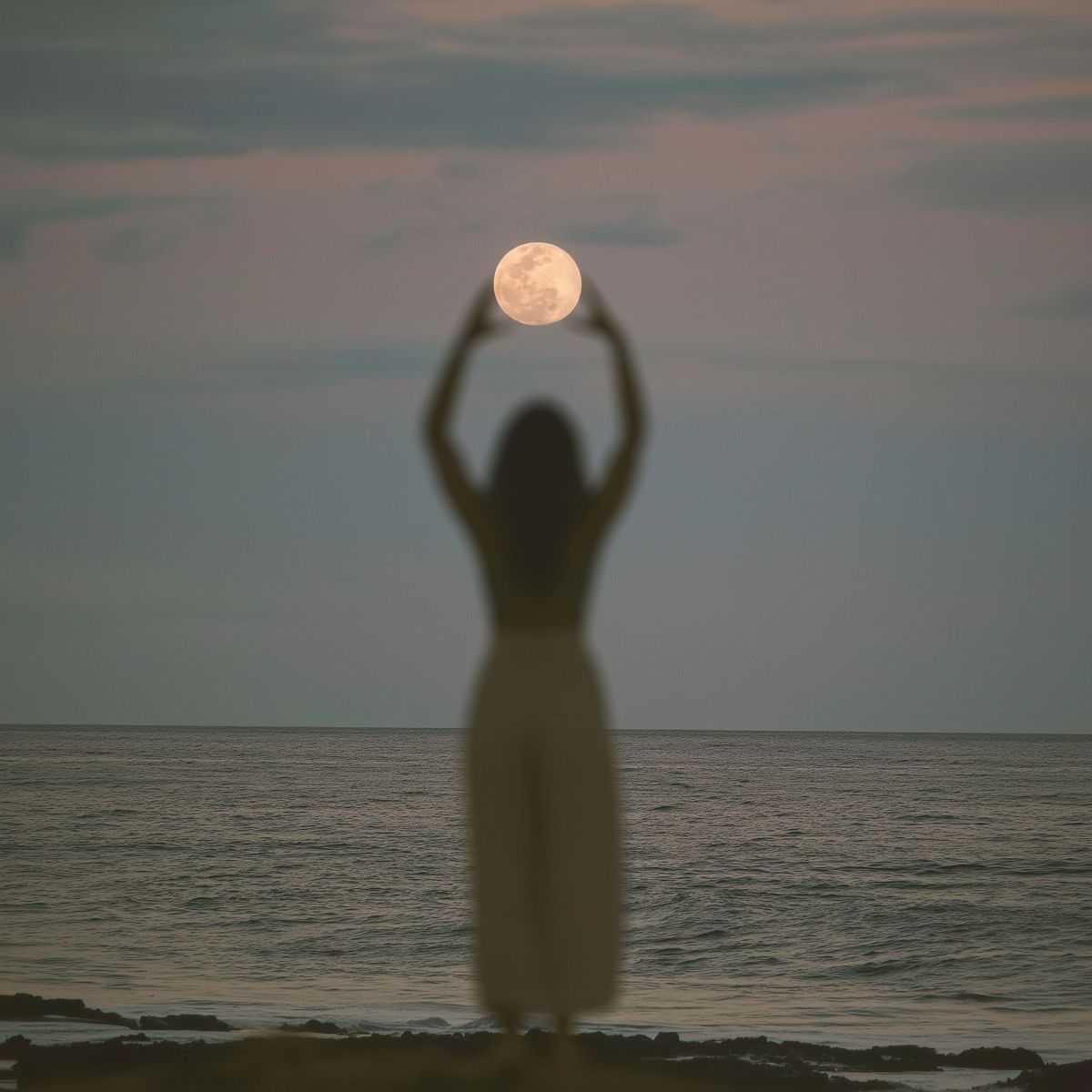 Moon in the 12th House: Drowning in Feelings (and Possibly Past Lives)
Moon in the 12th House: Drowning in Feelings (and Possibly Past Lives)
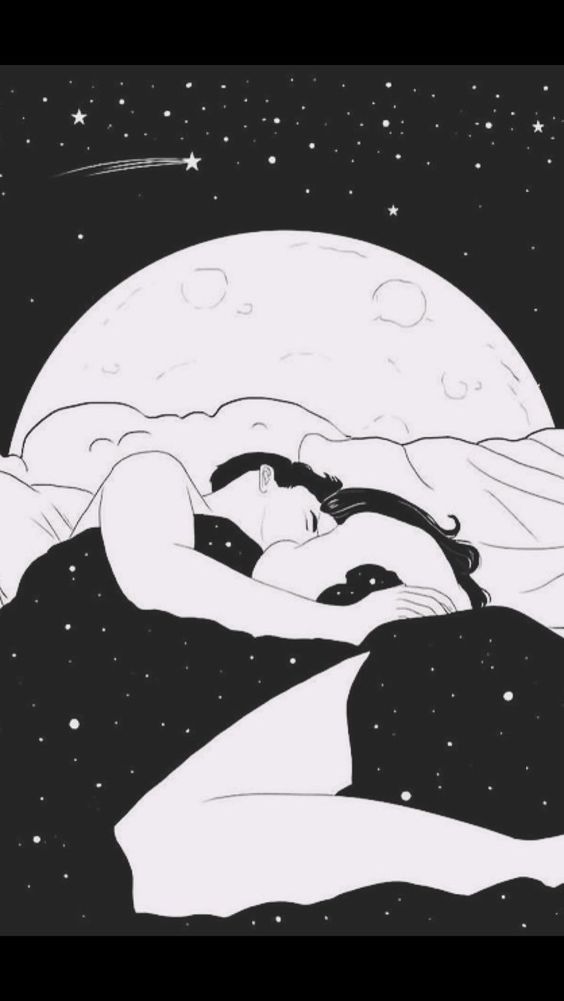 Composite Moon in 8th House
Composite Moon in 8th House
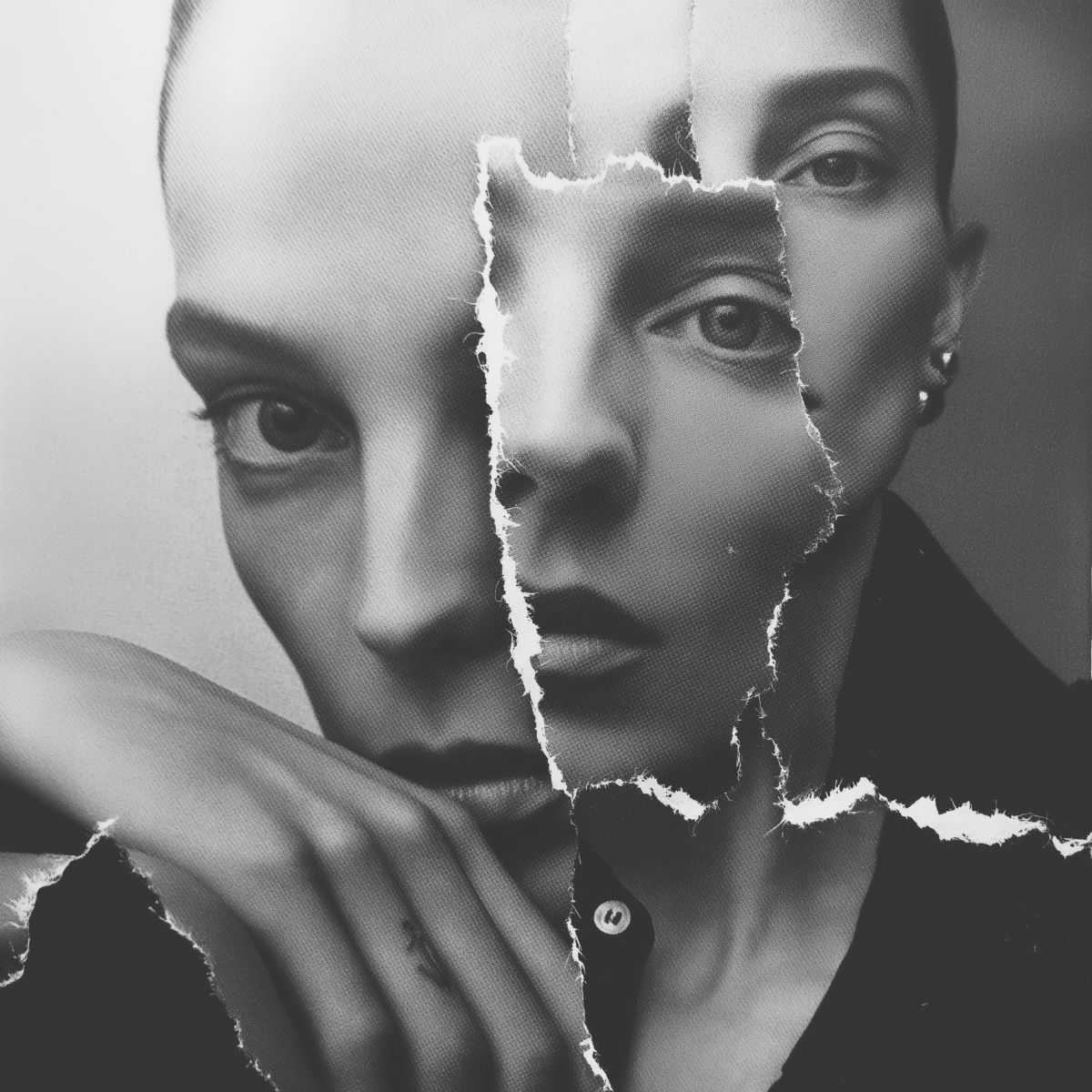 T-Squares
T-Squares
 Venus-Pluto Synastry: A Love So Powerful That It Might Just Kill Them
Venus-Pluto Synastry: A Love So Powerful That It Might Just Kill Them
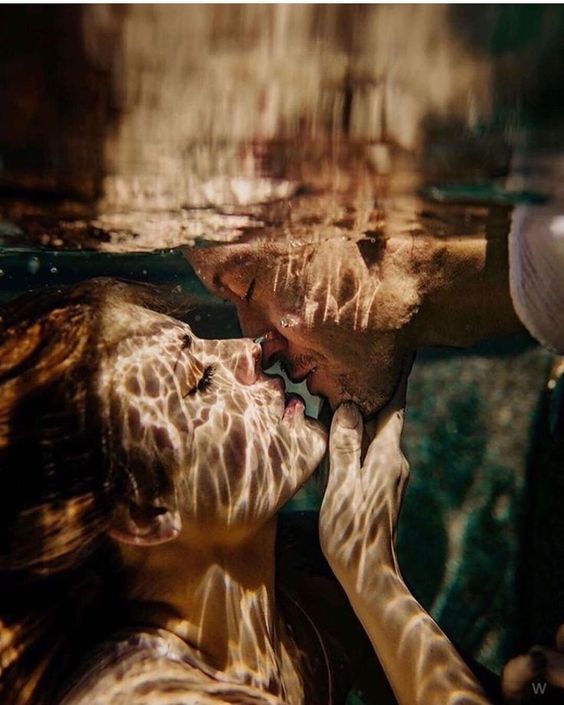 Love’s Mirage: The Sun- Neptune Synastry Influence
Love’s Mirage: The Sun- Neptune Synastry Influence
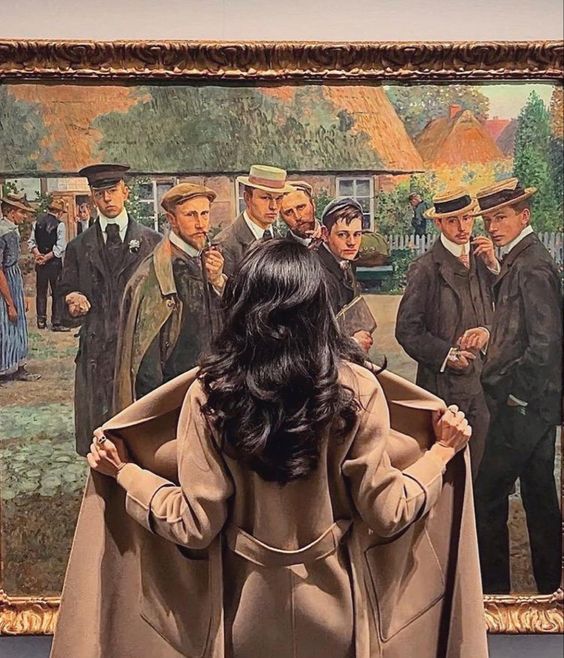 Venus Opposite Uranus: Free to Love as You See Fit
Venus Opposite Uranus: Free to Love as You See Fit
 Is Pluto in Your 1st House? These 21 Things Might Just Confirm It
Is Pluto in Your 1st House? These 21 Things Might Just Confirm It
 Sun Square Jupiter Natal Aspect
Sun Square Jupiter Natal Aspect
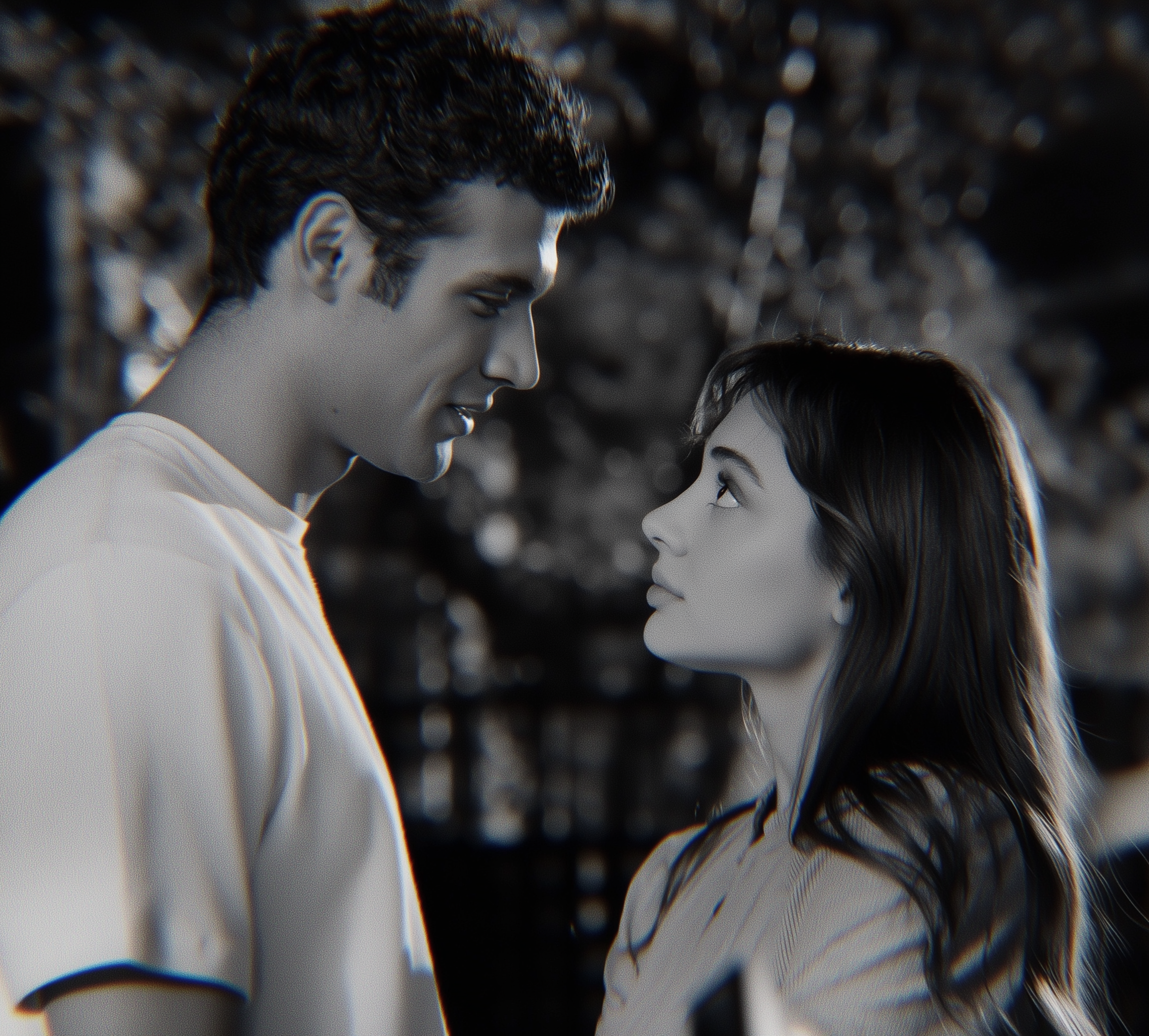 Moon Conjunct Pluto Synastry
Moon Conjunct Pluto Synastry
 Sun Square Uranus Natal Aspect
Sun Square Uranus Natal Aspect
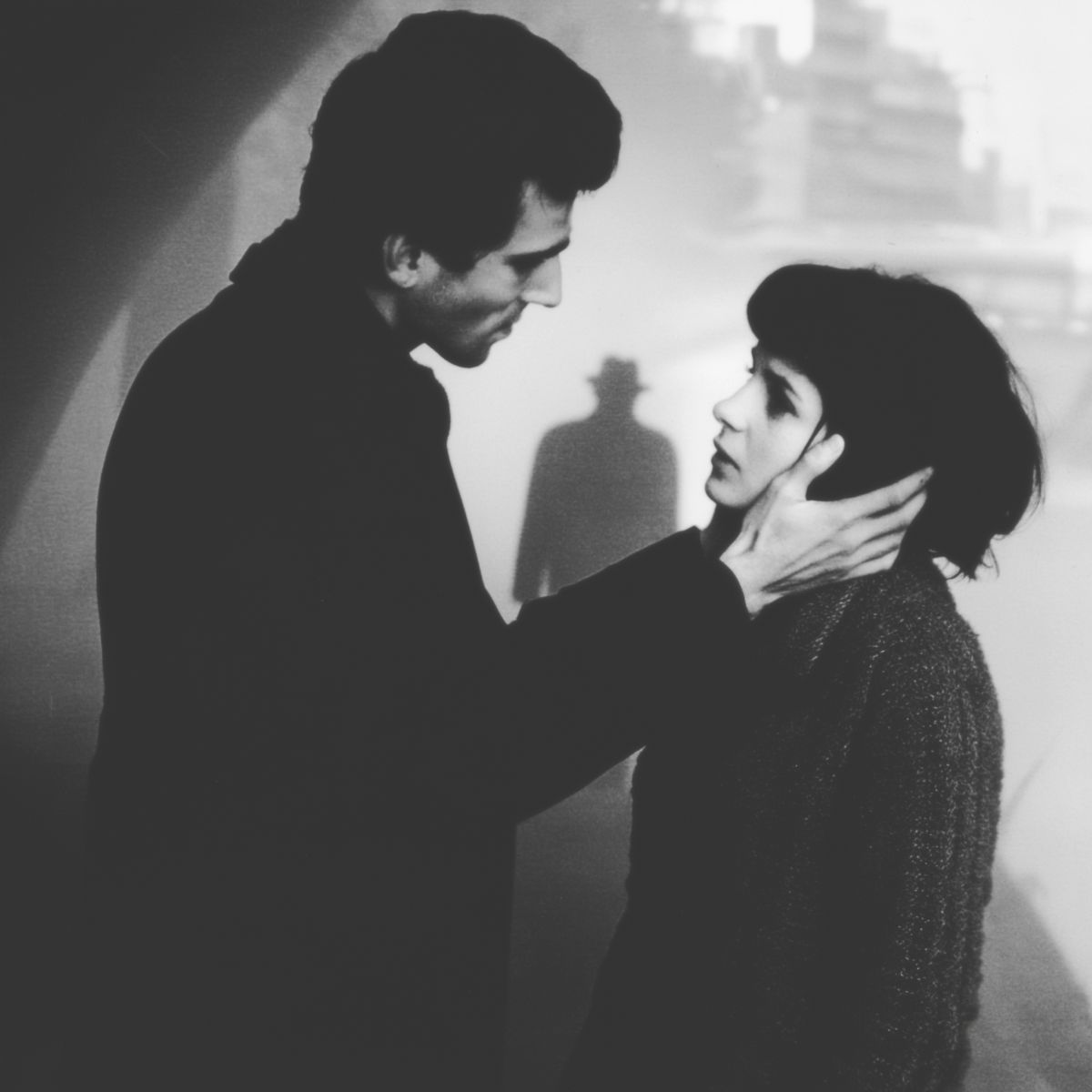 Saturn Conjunct Pluto Synastry
Saturn Conjunct Pluto Synastry
 Uranus Transits the 2nd House: Financial Freedom and Self-Expression
Uranus Transits the 2nd House: Financial Freedom and Self-Expression
 Mars-Pluto Aspects
Mars-Pluto Aspects
 Sun in the 12th House: From Isolation to Illumination
Sun in the 12th House: From Isolation to Illumination
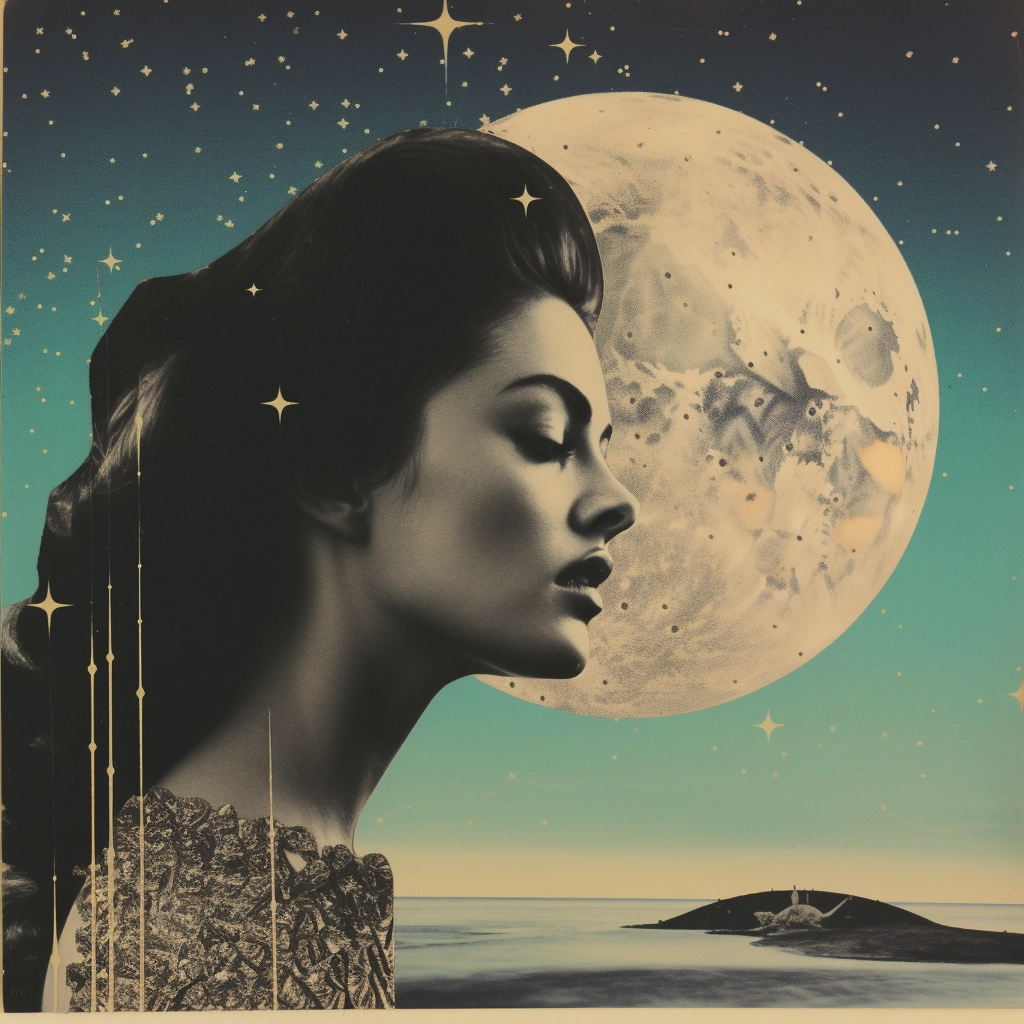 Moon-Neptune Aspects: A Super Sensitive Soul
Moon-Neptune Aspects: A Super Sensitive Soul